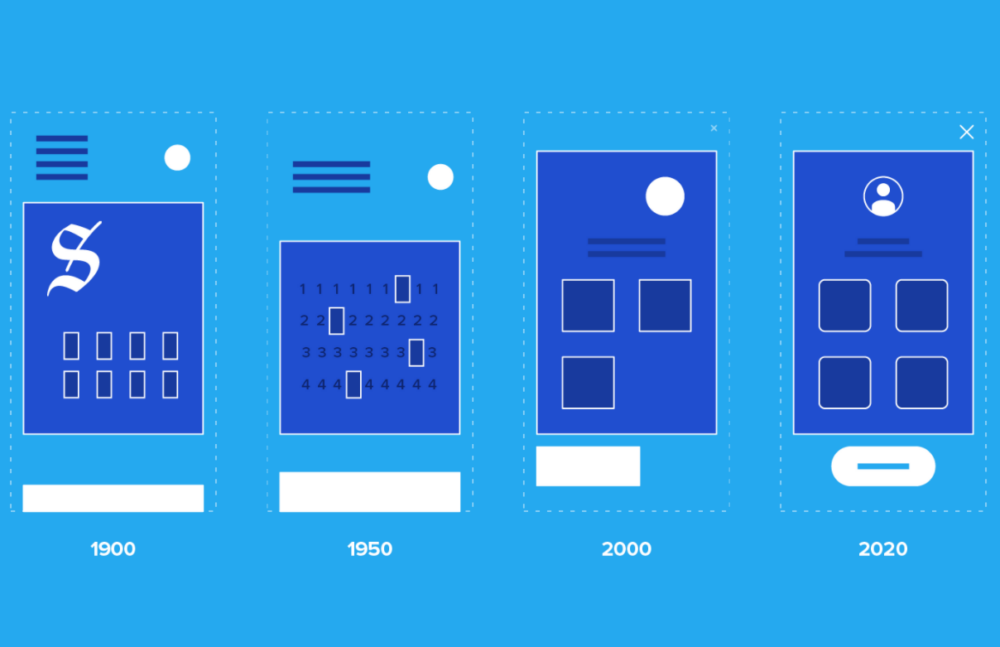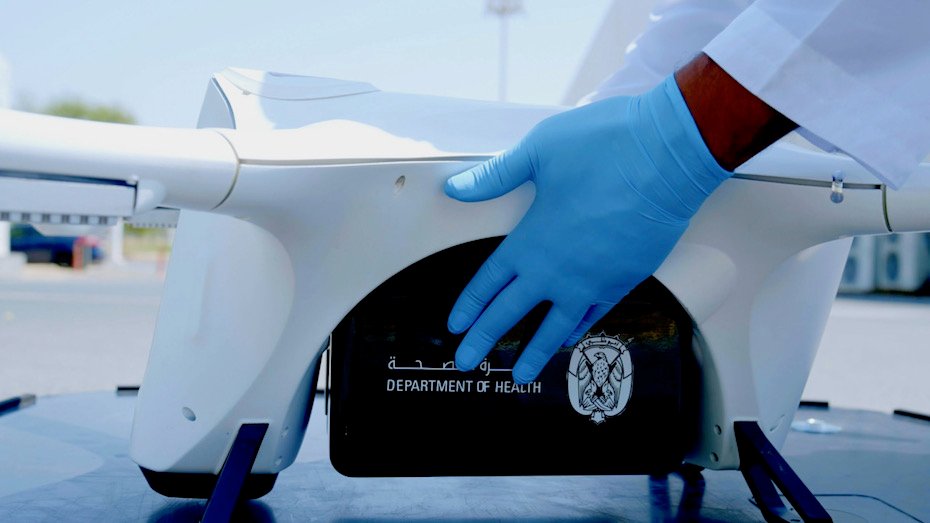
The health and safety infrastructure of everything from a small residential home to a large office can be summed up as the total of all the technology and installations that are designed to both prevent accidents and to administer emergency help (first aid) if they do happen. Like so many other technologies today, health and safety technology is developing fast, lately making full use of information technology to offer more advanced health and safety systems. Whereas in the past one would invest in safety signage or buy defibrillators from a business like Seton.co.uk in order to kit out a location with an effective safety infrastructure, today electronics play a much larger role.
Some things, however, never change. Health and safety infrastructure still pays deference to the various government regulations that must be adhered to in all places of work or commercial locations. This means that safety tech has a much heavier emphasis on functionality and effectiveness than other trendier technology products. The goal really is – above everything else – for the technology to work to help prevent accidents and even to save lives. This means that slick marketing and gimmicky features are rarely seen here. If safety tech is not up to the job, then it will not be used.
Safety technology has to be introduced in the correct way, and it will only supersede more traditional solutions if it can be shown to be effective and superior to these older technologies. And yet, for all that, there is still plenty of innovation and exciting new horizons within the world of safety technology. And while a sudden revolution in the field is unlikely (there is still no substitute for many of the tried and tested methods), new health and safety technology can be expected to gradually change the way we prevent accidents in locations ranging from the home right up to massive factory complexes.
Table of Contents
The Impact of the Pandemic

You might have noticed that, so far in this article, we have neglected to mention something that very certainly has revolutionized the world of health and safety – suddenly and violently. The coronavirus pandemic has of course had a massive impact on the world of health and safety. While a safety infrastructure would, in the past, be largely restricted to physical hazards (excepting hygiene regulations in places where food is produced), now a health and safety infrastructure must take into account the omnipresent biohazard that seems set to be a fact of life into the foreseeable future.
Accordingly, new corona-specific safety technology has been rolled out in almost all public locations. And there are several more traditional solutions, such as disinfection points and signage indicating one-way systems, but here too electronic solutions are playing a role, with coronavirus apps having proven to be particularly popular in recent months.
The pandemic has also seen a significant hike in remote working, and as such technology has answered the call. While technology designed to make homeworking more effective is not usually termed “health and safety” technology, it can certainly be considered as such within the context of a pandemic.
There is no doubt that new technology has a large role to play where the pandemic is concerned, and no health and safety infrastructure (in a public location at least) can be considered effective without coronavirus-specific elements.
New Safety Tech
So what are these new technologies that are making such an impact in places public and private? While many are still in development – or available but not widely adopted – many others are still at the development stage. Below then is the true cutting edge of safety technology:
More Sophisticated Digital Interfaces

Health and safety are of course primarily about preventing and responding to accidents, but within this, there is naturally a large bureaucratic element. Everywhere except private residencies, accidents actually require a lot of paperwork. Every time an accident occurs in a place of work or a public setting, it needs to be accurately and promptly reported. Things such as worker compensation or potential safety improvements rely upon a detailed report of what accidents occurred and how. This is just one of the ways of preventing them in the future.
Given the closed nature of many industries, barriers can build up over time, so new digital technologies have been essential in breaking these down. Advancements such as 5G mobile technology and advanced interfaces for accident reporting have allowed accidents to be reported quicker and in more detail. At the heart of this is the principle of more streamlined communication, and this has also allowed accidents to be responded to quicker. And this is certainly a trend that can be expected to continue.
Advancements in Wearables
There are some concerns about advancements in this area. Certainly, the increase in health-monitoring wearable technology connected to a wider digital network brings with it concerns over privacy. Nevertheless, solutions such as lone worker alarms and wearable tools that monitor things like heart rate and blood pressure are becoming more common. And they are not restricted to the workplace, even around residential properties, this technology is making inroads, especially among the elderly and those with health conditions.
Application of Drone Technology in Health and Safety

The flying drone is one of the most famous – and occasionally controversial – new technologies around. It is best known for its touted potential in making deliveries for online retailers such as Amazon and for its controversial use in military operations. Yet drones also have huge potential within the sphere of health and safety.
Drones are most often touted for use on large industrial sites such as factories, construction sites, and mines. In these contexts, they can become invaluable for monitoring the state of the overall health infrastructure, especially where it is spread over a large area. Drones allow problems to be reported quicker and, when integrated with an advanced digital interface, they have definite use in the maintenance of any health and safety infrastructure as a whole.
The Future
It only seems likely that we will soon see health and safety infrastructures in various locations develop more than they ever have in the past. The reason for this is that much of the technology changing the face of health and safety has applications in many other fields as well. This means development is always heavily incentivized, making this technology more visible, more attractive, and – ultimately – more widespread.







